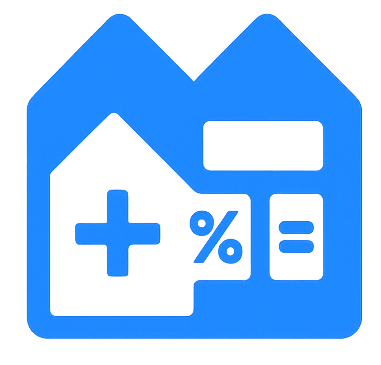Mortgage rates move daily, but the right preparation gives you leverage. Use these actionable strategies to present the strongest borrower profile, negotiate like a pro, and lock favorable pricing even when markets are volatile.
Key takeaways
- Boosting your middle credit score by 20 points can shift you into a better pricing tier worth thousands in savings.
- Comparing quotes from at least three lenders can lower your rate by 0.25% or more according to CFPB research.
- Combining a short lock window with targeted discount points often produces the optimal break-even savings.
Polish your credit profile
Pay revolving balances down below 30% utilization a month before the lender pulls credit. Rapid rescores can update bureaus in 5 to 7 days if necessary.
Dispute outdated derogatory items and supply documentation. Clean reports help automated underwriting systems approve better pricing tiers.
- Avoid new credit inquiries in the 90 days before mortgage shopping.
- Set alerts for score changes so you can lock when you hit the next tier (e.g., 720, 740, 760).
Negotiate with multiple lenders
Collect Loan Estimates within a 14-day window. Share the best offer with competing lenders and ask for a pricing exception or lender credit.
Compare underwriting overlays such as appraisal waivers, closing timelines, and float-down options alongside pure rate quotes.
- Use credit union quotes as leverage; many banks will match them to secure your business.
- Ask if the lender offers forward commitments or extended rate locks if you are building new construction.
Time your lock and consider buydowns
Track economic calendars. Lock rates on days without major inflation or jobs reports to avoid volatility premiums.
Evaluate temporary buydowns (2-1 or 1-0) alongside permanent discount points. Temporary buydowns can smooth the first years of payments while you watch for refinance opportunities.
- Coordinate with your lender to float the rate if markets trend downward.
- Negotiate for seller credits that you can apply to discount points or buydown costs.
Action steps to take next
- Set calendar reminders for major economic releases and lock decisions.
- Collect Loan Estimates in a shared folder so you can compare fees line by line.
- Model temporary versus permanent buydowns using our calculator to spot the best break-even period.
Mortgage questions answered
How many lenders should I get quotes from?
Aim for at least three. The CFPB found that shopping even two additional lenders produces measurable rate improvements.
Can I relock my rate if markets fall?
Many lenders offer float-down options for a fee. Ask about policies before you lock so you know how to capture improvements.
